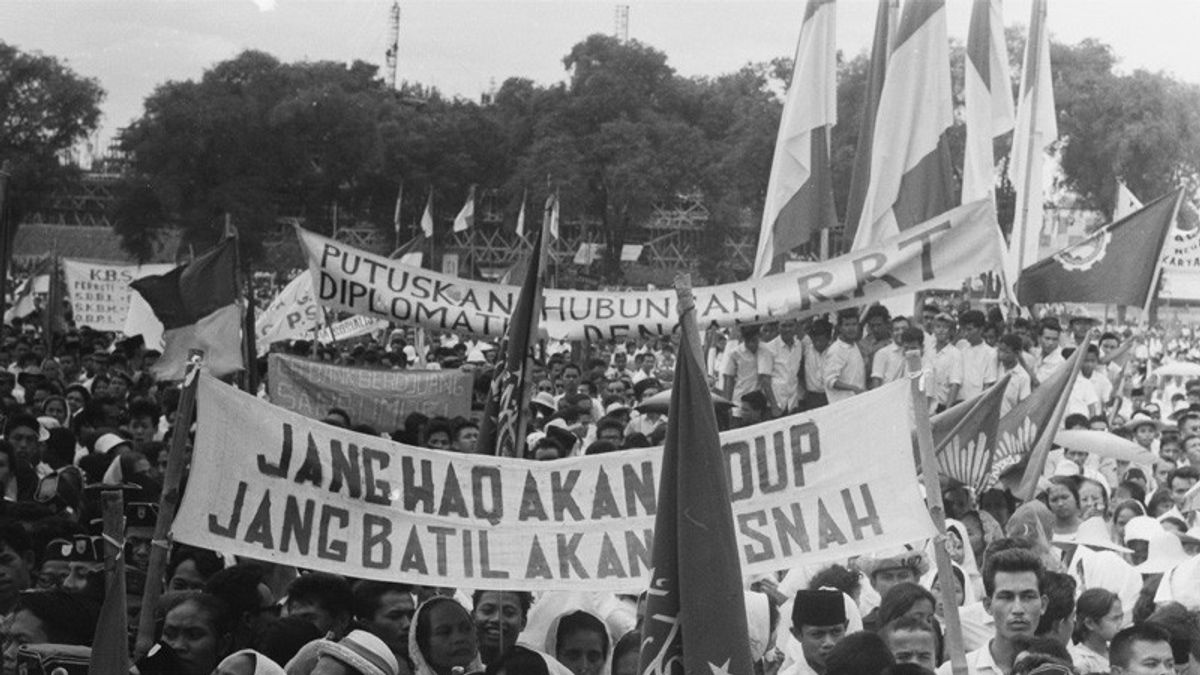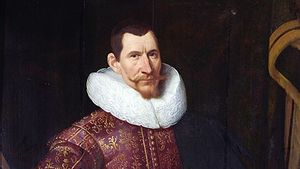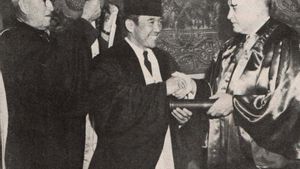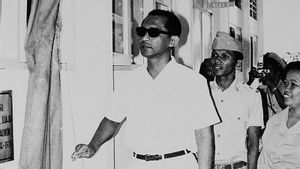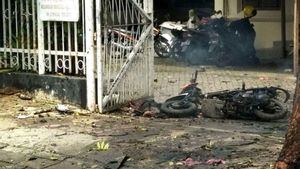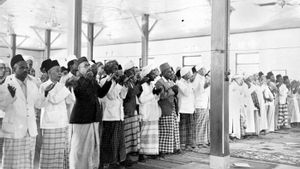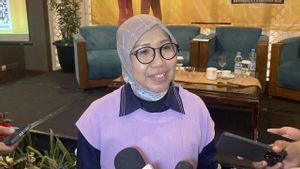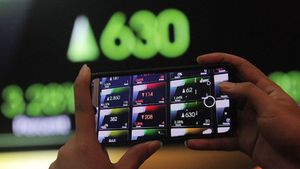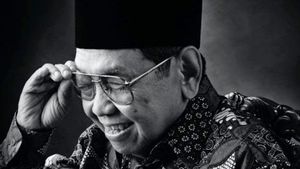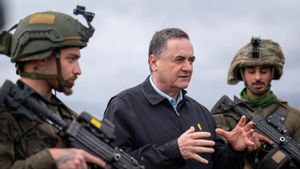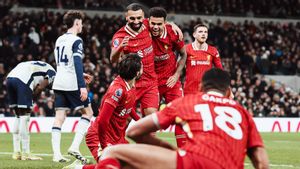JAKARTA - The student demonstrations of 1965-1966 are the most memorable in the nation's history. All the Indonesian people could not stand the government of President Soekarno. People's lives were made difficult by inflated prices.
Moreover, the government is considered soft with the Indonesian Communist Party (PKI) after the September 30th movement (G30S). Students also excited Tritura. The street is the main stage. The action of "going to the streets" even continues to be carried out in the month of Ramadan.
The political narrative as commander in chief is known as the main feature of the Bung Karno government. Bung Karno's big dream to make Indonesia known to the world is good. The lighthouse politics has become a lesson. Soekarno built a lot of big projects. From world-class sports complexes to national monuments. These include the Gelora Bung Karno sports complex, the National Monument, the West Irian Liberation Monument, the Hotel Indonesia, and others.
Therefore, a lot of funds were siphoned off for the project. Soekarno did not forget to play an important role in the international pulpit. Sukarno made frequent visits to remote parts of the world. Even then Bung Karno was more inclined to the eastern block (Soviet Union).
It was these actions that made Soekarno known to the world. However, there is a high price that must be accepted by him. The government that prioritizes politics to be the front line, has an impact on Indonesia's economic policies which are in disarray. Especially when the economic recession was "pounced on" in the 1960s.
People are victims too. The prices of necessities of life are increasing. This condition was made worse by the act of Soekarno's ministers who did not have any sensitivity. They continue to live a luxurious lifestyle in the midst of people's suffering. Even the government seemed soft with the PKI.

A row of students did not remain silent. The Indonesian Student Action Unit (KAMI) and the Indonesian Student Youth Action Unit (KAPPI) are the groups that often take action to take to the streets. As a result, they also perpetuate the Three Demands of the People (Tritura).
“However, the price of necessities of life is increasing. People feel restless. The demonstrations were generally organized by WE which grew bigger and stronger over time. The demonstrators' doodles and chants were loud and accused the government: Lower rice prices, get rid of incompetent ministers, or kill Subandrio."
“The deputy prime minister, Subandrio, was indeed a target, because he - who later earned the nickname Durno - was considered 'close' to the PKI. However, towards President Soekarno, the students and youth were still tolerant. The protesters chanted 'Long live Bung Karno'. On January 10, 1966, the three demands of the people (Tritura): Disband the PKI, reshuffle the Dwikora Cabinet, and Lower Prices. The actions of students and youths are getting more intense,” said Susanto Pudjomartono in his article in Tempo Magazine entitled Stories behind Supersemar (1986).
Tritura Action in the Month of Ramadan
The Tritura Declaration made all Indonesian people feel represented. They joined the ranks of the demonstration. The students did not just take action centered in one place. But at many points, starting from the State Palace, Bogor Palace, Jakarta streets, to ministry buildings.
The action began to be carried out by students since the Tritura declaration on January 10, 1966. Or right in the month of Ramadan. The Muslim students who took part in the action did not lose their enthusiasm. This was because the student actions at that time were considered to be in line with the teachings of Bung Karno himself.
Activist and student from batch 66, Soe Hok Gie, saw for himself that the protesters were not afraid at all. They actively voiced their conscience in the pulpit, songs, and leaflets. Demonstration in front of the State Palace, for example. Students are deliberately guarded directly by the palace guard troops (Tjakrabirawa Troops). They were assigned to intercept and disperse protesters. However, failed to stem it.

The presence of armored vehicles did not make the protesters' guts shrink. They actually planned to simultaneously sleep on the streets. It was this spontaneity that made the security forces resign and some sympathized with the student actions.
This harmonization can even be seen from the security forces who are willing to maintain the course of the student zuhur prayer on the streets. The worship touched the hearts of all the people of Jakarta. Especially among non-Muslim students.
“I can imagine how honest and brave Indonesian students are. The demonstrators wanted to meet Chairul Saleh, the master of mind on price increases. He's not there and the demonstrators are waiting for him."
“They blocked Nusantara Street, Harmoni, and sat on the street so that the Islamic religion, prays in the middle of the road. It was the month of fasting. How necessary. They prostrated to Him in the middle of the sun. They fast, they worship God in the middle of the sun, they fast, they worship God and they fight for the poor. It was only at 16:30 in the afternoon that they disbanded after Chairul left," concluded Soe Hok Gie in his diary in the book Catatan Seorang Demostran (2011).
SEE ALSO:
The English, Chinese, Japanese, Arabic, and French versions are automatically generated by the AI. So there may still be inaccuracies in translating, please always see Indonesian as our main language. (system supported by DigitalSiber.id)
